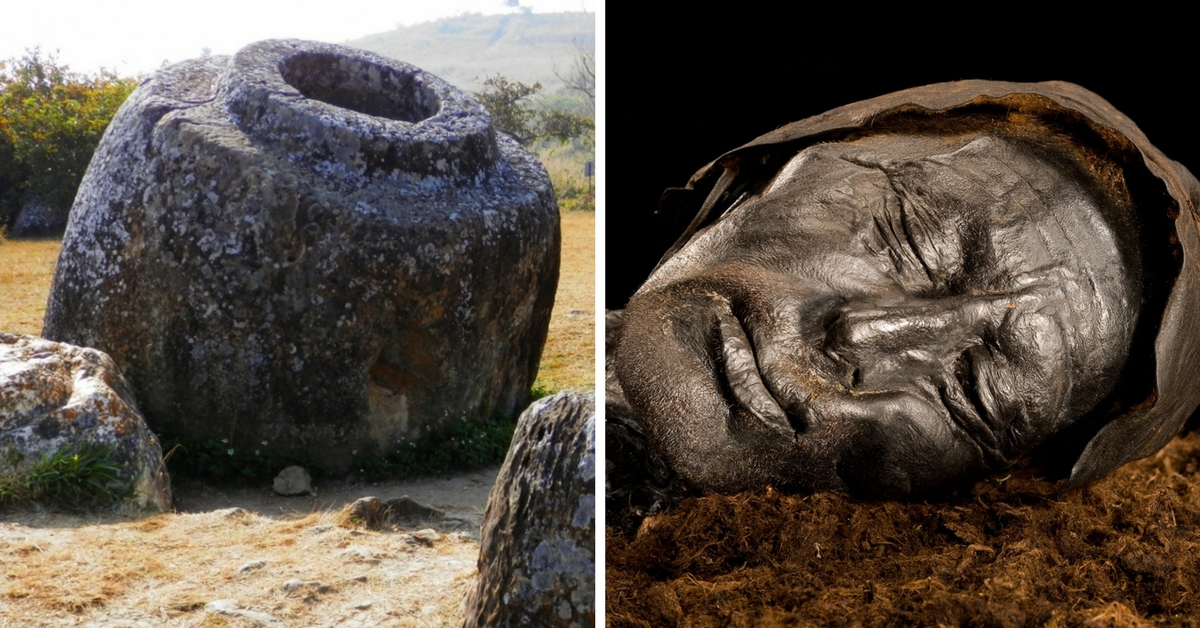We might be the top of the food chain, and the most advanced species on the planet, but for all of our technological advancements, we still can't seem to figure out some of the "whys" of the ancient world. The world might be a smaller place than it was 2000 years ago, but there are still mysteries out there that are waiting to be solved.
Here are 8 ancient mysteries that still have scientists and academics scratching their heads.
1. The Giant Stone Spheres of Costa Rica
These stone spheres were first found in the 1940s, these round stones can go from anywhere between two centimeters in diameter, all the way up to two meters. Some of them have been known to weigh as much as 16 tons, and all of them are man-made. Most of the stones have been moved to other locations, or have become privately owned, and still no one can figure out what their original use was.
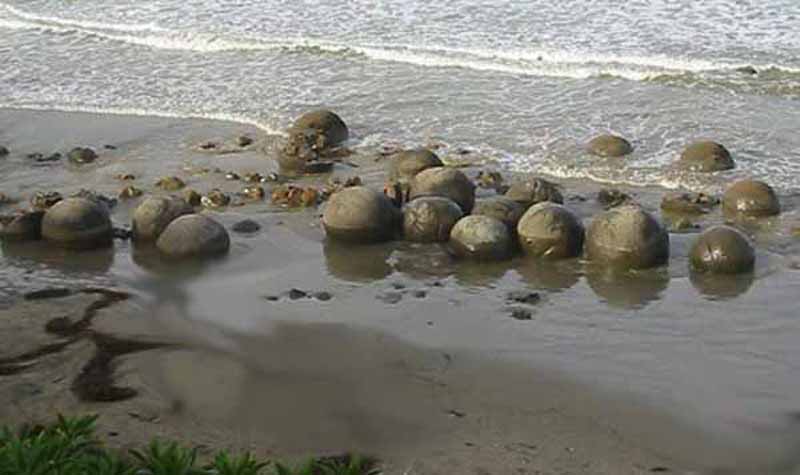
2. The Baghdad Batteries
German archaeologist, Wilhelm Konig first discovered these strange devices in 1838, while digging in what is now modern-day Iraq. They were clay jars that contained iron rods encased in copper. Konig believed these to be ancient batteries, but the idea that our predecessors could have figured out this advanced technology in 200 BCE is somewhat outrageous. Experts can't seem to agree on what they were used for.

3. Easter Island's Rongorongo Writings
Even though Easter Island is more prominently known for its huge head statues, there is another lesser known mystery about the island; the Rongorongo Writings. They are an advanced system of glyphs (or symbols) that predate modern writing. They go back to around the year 1200, and they feature religious symbols that are found on other items and places around the area. It isn't known if this is a language or just an artistic rendering from the time, but if it is a language, it would have developed independently, without any outside interference.

4. The Nazca Lines
The simplest way to describe the Nazca Lines is to imagine modern-day crop circles, except on an insanely massive scale, and carved into the desert floor in Southern Peru. They depict everything from simple line designs, to intricate depictions of animals. No one knows what their true purpose was, but some theorize that they marked star positions, or served as landmarks for incoming sailors. Some even believe that they were left by extra-terrestrials...
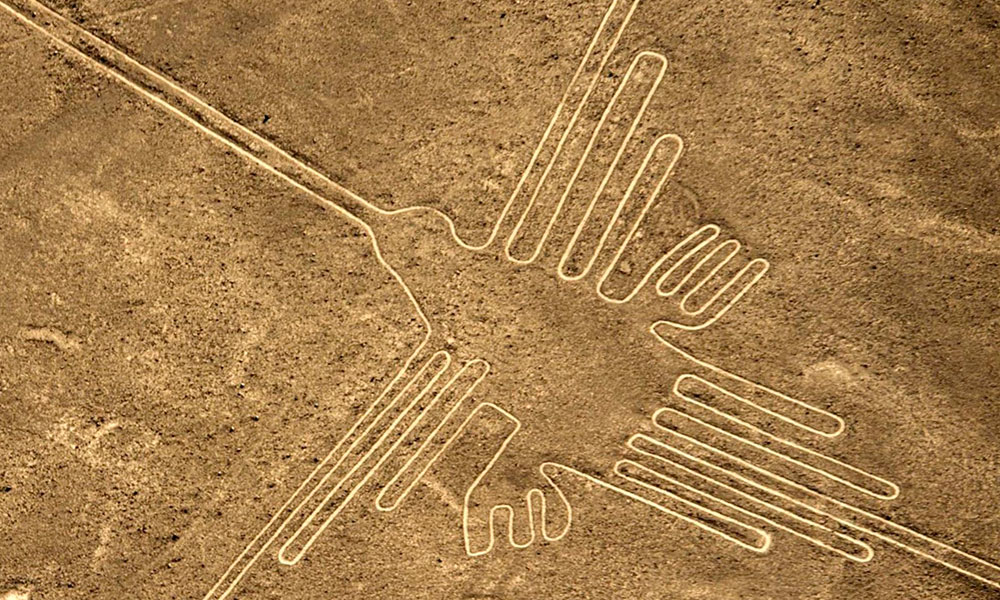
5. Codex Gigas aka. The Devil's Bible
This physically massive book was written in and around the 13th century by a monk who allegedly sold his soul to the Devil in order to finish it. The story is that the monk was going to be punished by being "walled in" alive, so he told his monastery that he would write a book containing all human knowledge, in a single day. Although it assuredly wasn't finished in a single day, the book is clearly written by a single hand, and it contains the complete Latin translation of the Bible, among other texts. It also contains medical information from the time period, a section on exorcisms, and a full page depiction of Satan himself. 12 pages are missing and people theorize that they instruct someone on how to conjure the Devil.
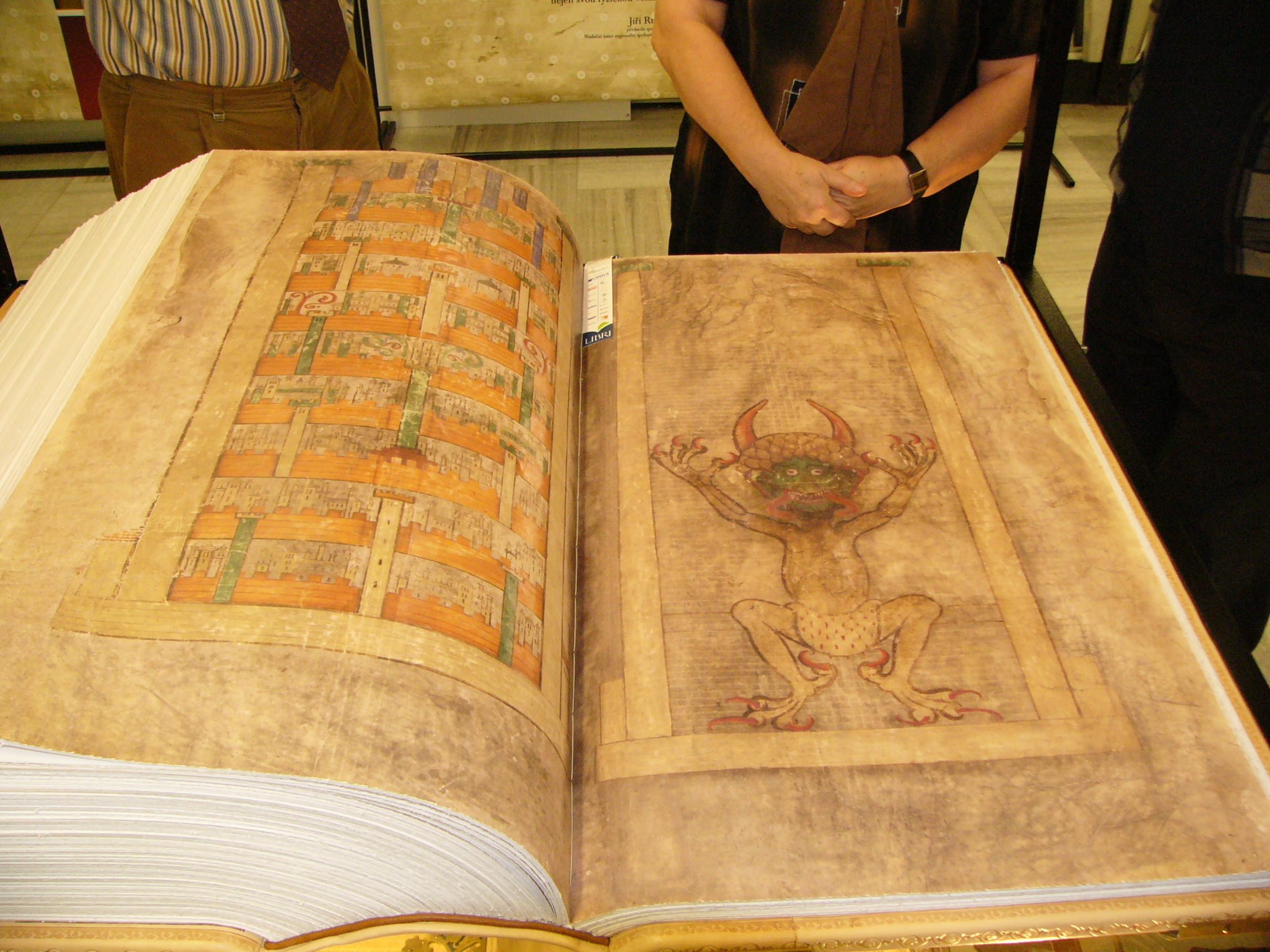
6. The Antikythera Mechanism
Sometime between 70 and 60 BCE, a Greek ship went down in the Mediterranean Sea. When it was discovered in 1900, the divers found a strange device made out three pieces of bronze, they dubbed it the Antikythera Mechanism. It was so complicated that it took scientists over a century to figure it out. In the early 2000s, x-rays and CT scans proved that it was used to track the movement of the stars and planets. Even though we now know what it is used for, the questions now becomes: how did the Greeks figure out how to make such a complex device?

7. The Bog Bodies of Northern Europe
Hundreds of exceedingly well preserved bodies have been coming out of bogs in northern Europe since the 1800s. Forensic dating has placed these bodies as having come from as far back as 8000 BCE. The most famous of the "bog bodies," Tollund Man, was discovered in 1950. He was so well preserved that they were able to use his stomach contents to date him back to the Pre-Roman iron age. All of the bodies were clearly executed and placed in the bogs afterwards, but no one knows why.
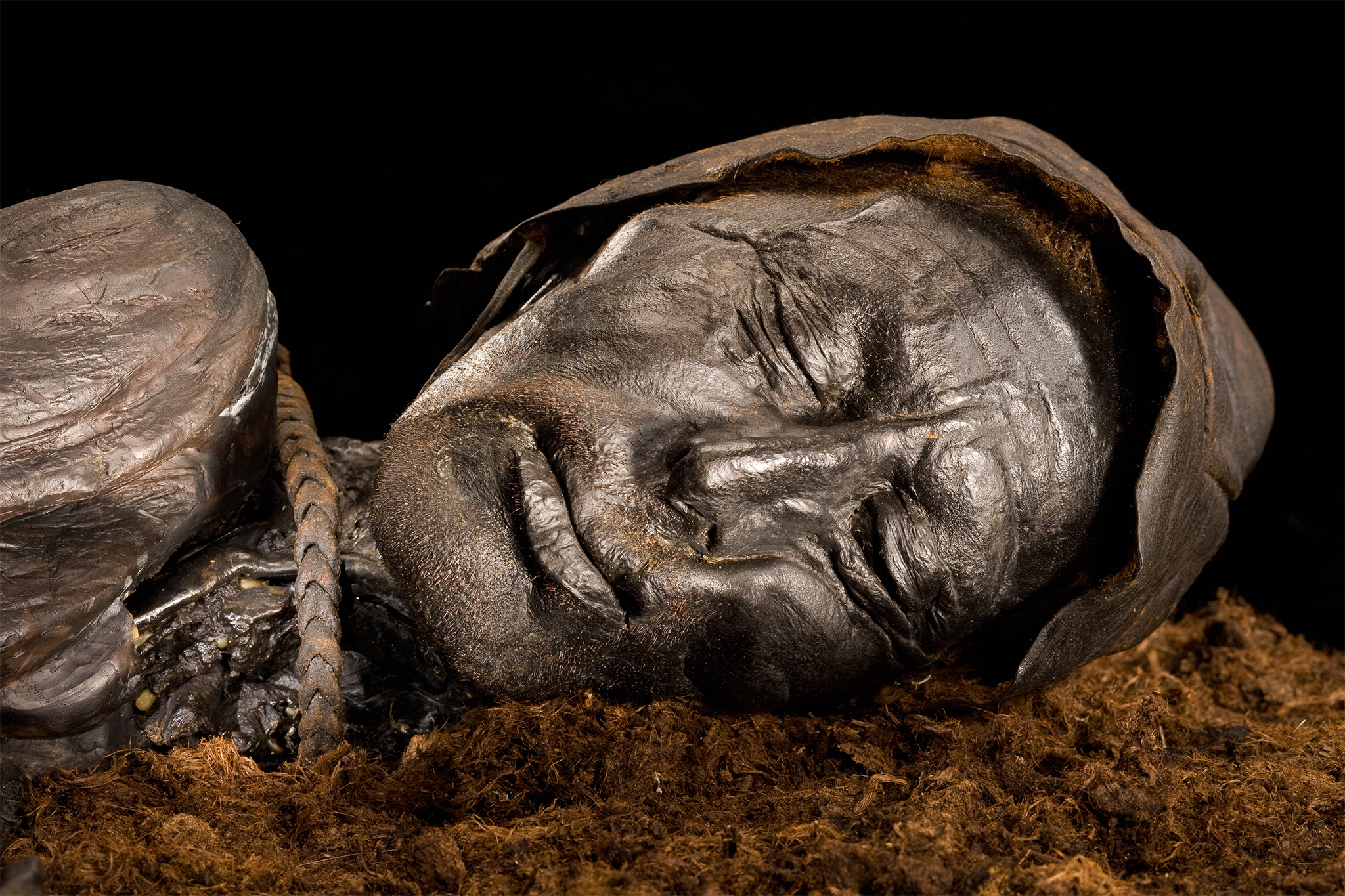
8. Laos' Plain of Jars
Xieng Khuang is a northern province in the country of Laos. It is for the most part a completely normal part of the country, except of course for the fields of circular "jars" that cover parts of the countryside. All of these jars are made out of pure sandstone, and most of them weigh over one ton. No one knows what they were used for, but some surmise that they may have been used as part of an ancient funeral ceremony. You are now unable to visit these 2000 year old stones because they are in an area that hasn't been cleared of unexploded cluster bombs.
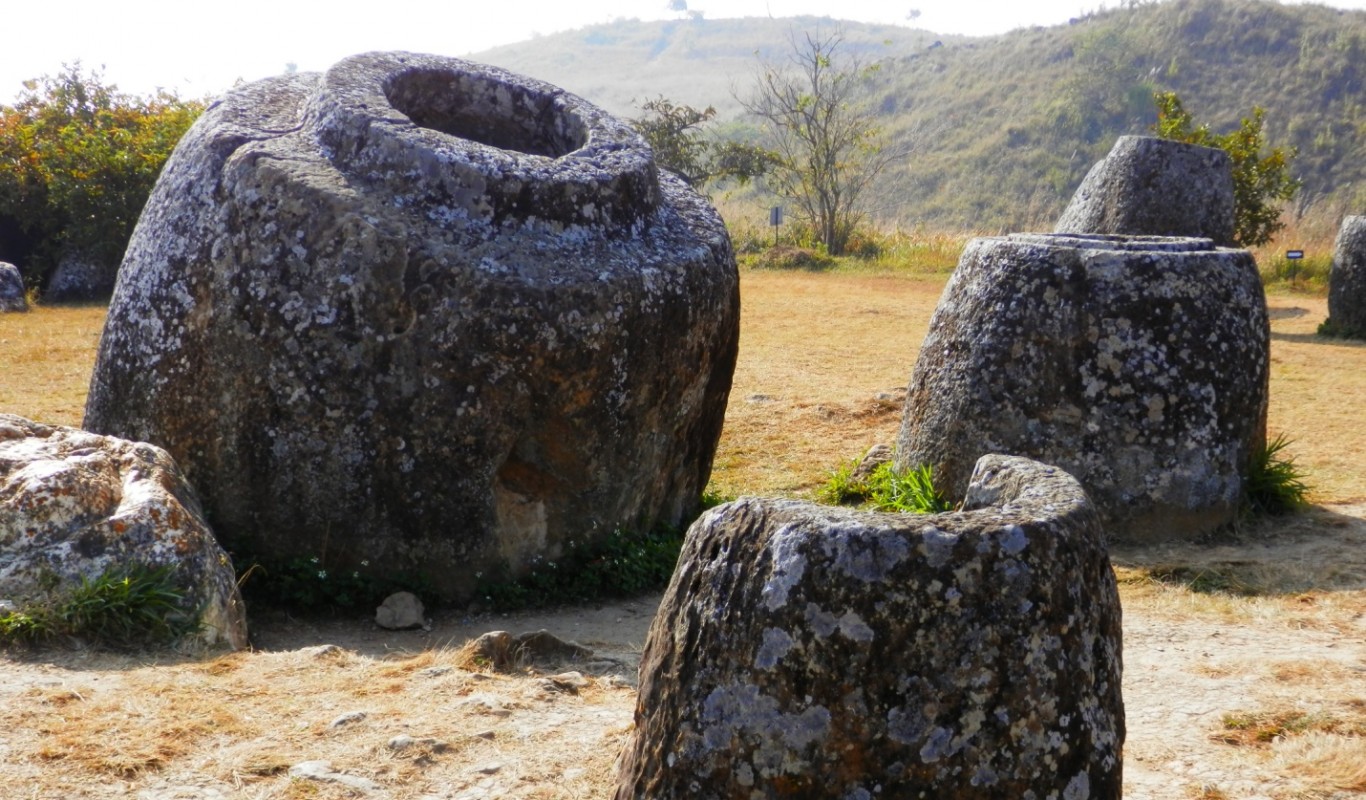
Share if you think some things will never be explained.
